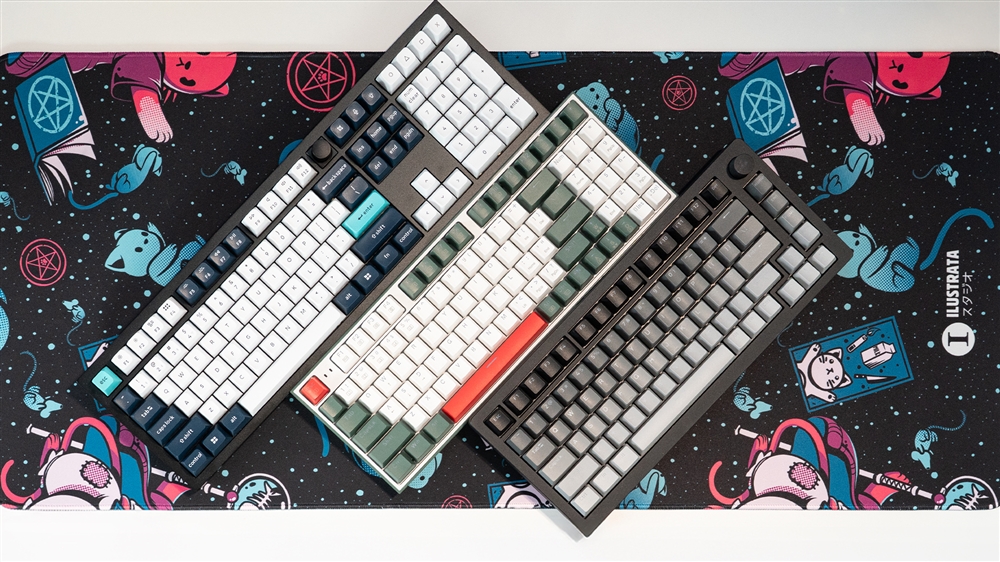What is PLA Filament? Your PLA FAQ!
Whether you're a seasoned 3D printing veteran, or just getting into the space, you've probably heard a bit about PLA filament. It's one of the most common and versatile printing materials available. But what you might not know is what it's made from, why it's so popular, or some easy-to-use tips and tricks! That's where this handy guide comes in. We've got your burning questions answered and the tools to make the most of PLA. So, without further ado, let's dig in!
What is PLA made from?
PLA stands for Polylactic acid. PLA Filament formula is made from corn and sugarcane. Because of its natural ingredients, PLA is biodegradable, compostable, and non-toxic.
Why is PLA so popular?
PLA is the most popular filament type and is the go-to filament for beginner 3D printers. This is because it is affordable, easy to print with, has a relatively low melting point, and is offered in a variety of colors. PLA filament melts evenly and feeds smoothly into your 3D Printer creating defined corners with minimal warping and no odor. Inland PLA Filament can be used with most 1.75MM FDM and FFF 3D Printers.
What should I print with PLA?
A second reason for PLA’s popularity is the wide range of prints you can make with it. PLA is best utilized for 3D models, molds, jewelry, decorative prints, prototypes, desk accessories, low-stress applications, 3D Printer or BYO PC upgrades or add-ons (as seen on our Printables profile here). PLA prints can be sanded or treated with acetone to get a smooth finish.
How many prints can I make from a 1KG roll of PLA filament?
While it's impossible to give an exact number, given the variations in print sizes, infill density, and miscellaneous print and design settings, you can expect somewhere around 10 to 15 medium-sized prints per 1KG roll of PLA filament.
How Many Types of PLA are there?
There are several types of PLA filament including PLA, PLA+, Silk PLA, and Tough PLA. The base formula is the same, with additives to differentiate the different types of PLA.
· PLA+ is 10x tougher than normal PLA.
· Silk PLA has a shiny finish.
· Tough PLA is tougher than PLA and PLA+.
Does PLA Filament go bad?
Unlike food or other products with a hard-and-fast shelf life, PLA filament doesn't have a set expiry date. However, that doesn't mean it can't go bad. If PLA is stored in a high-moisture environment, regularly exposed to direct sunlight, or improperly rolled/handled, it can start to turn brittle, ruining the roll and making it very hard to work with. However, there are things you can do to extend the longevity of your filament. Like...
How to store PLA filament?
While the absolute best way to store filament is by vacuum sealing it with desiccant after opening, this might not be feasible for every user out there. Simply keeping it in a dark, dry room-temperature space will do wonders to extend the life of your filament. If your filament does start to get unmanageable from moisture, don't throw it out just yet. A Dryer Box can be a real lifesaver, as we tested last month!
Don’t Forget!
To keep your filament tangle free, do not let go of the filament on the spool! Always hold the spool and filament tightly, do not allow your filament to spring back.
Inland PLA 3D Printing Tips and Tricks
· Nozzle Temp: 190°C - 230°C
· Bed Temp: 60°C -80°C
· If you’re having bed adhesion issues, try a thin layer of Polymer Adhesive
Comment on This Post
See More Blog Categories
Recent Posts
This Week in AI: Microsoft's Says AI Can Diagnose Patients Better Than Doctors
For July 4, 2025: Cloudflare blocking chatbots, ChatGPT referrals to news sites tick up, AI laws remain for states to decide.
Continue Reading About This Week in AI: Microsoft's Says AI Can Diagnose Patients Better Than DoctorsWatch: Intro to Electronics at Micro Center - Episode 3: Arduino and Servo Motors
In our new Intro to Electronics episode, we continue our DIY journey with some servo motors and an Arduino Kit, including code demonstration.
Continue Reading About Watch: Intro to Electronics at Micro Center - Episode 3: Arduino and Servo Motors











